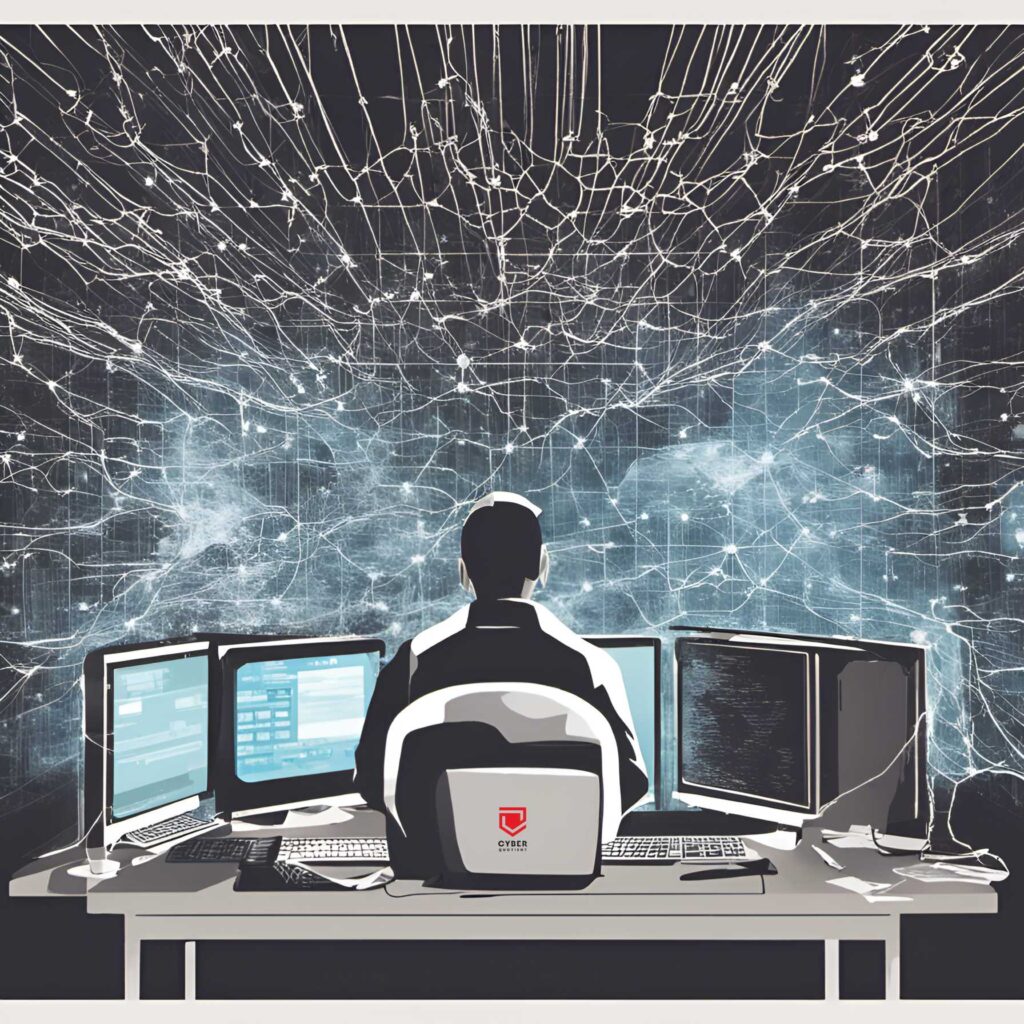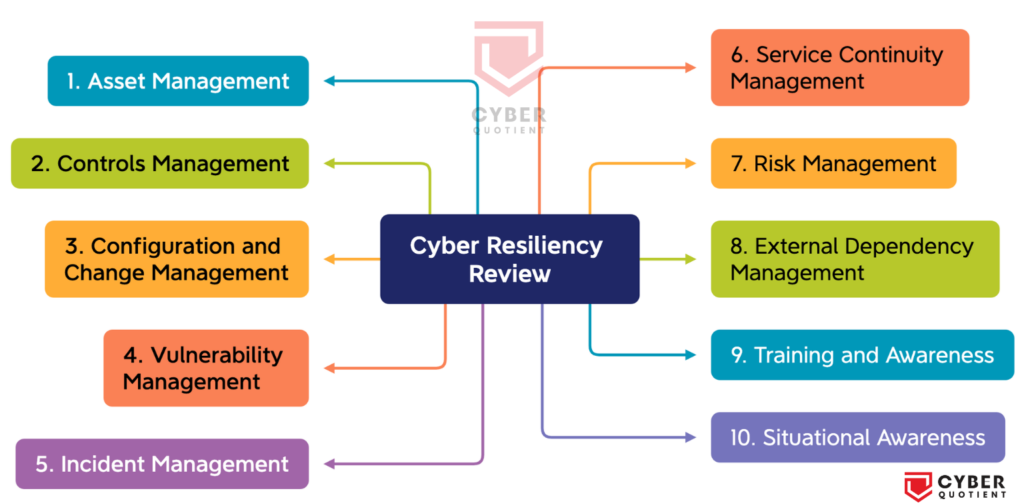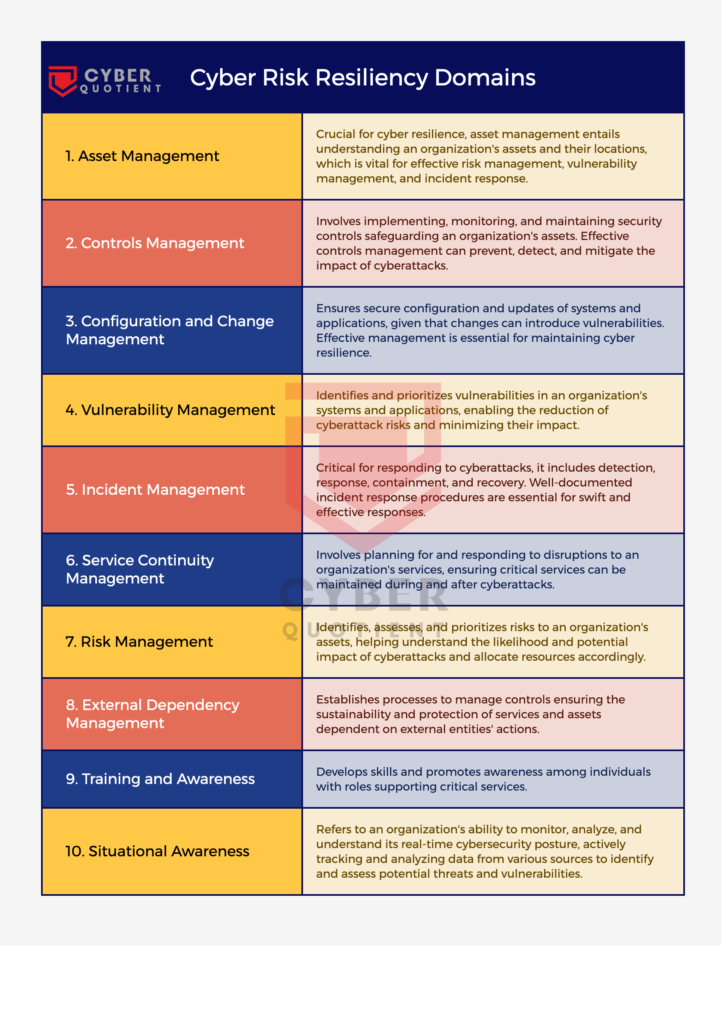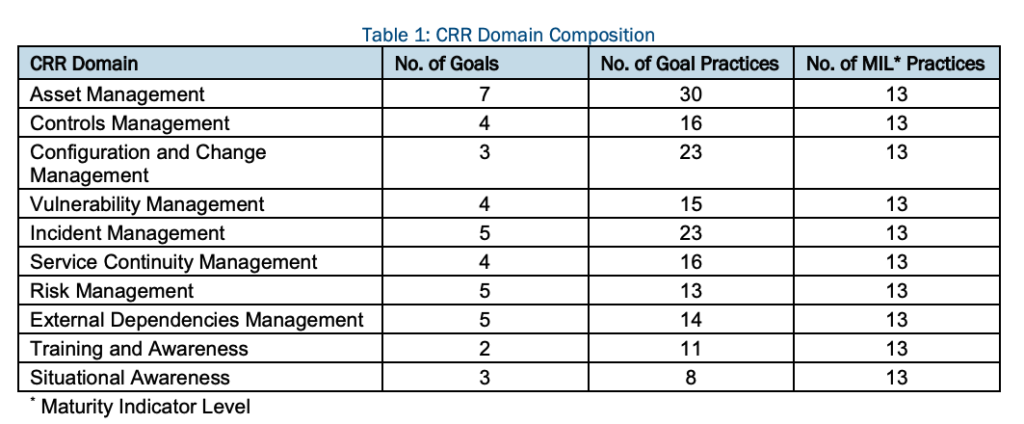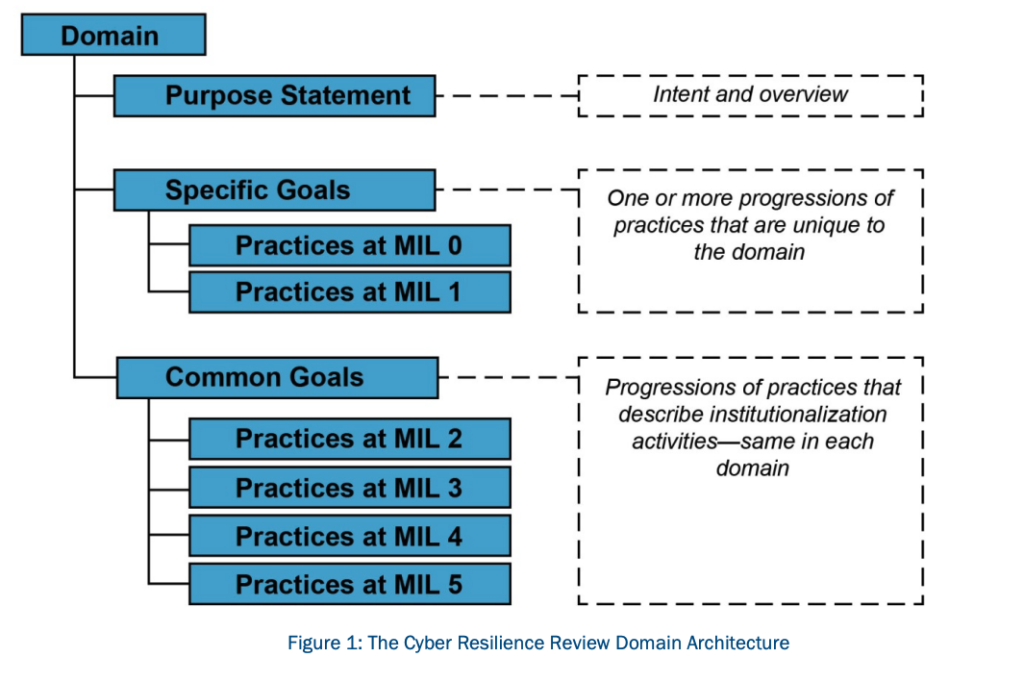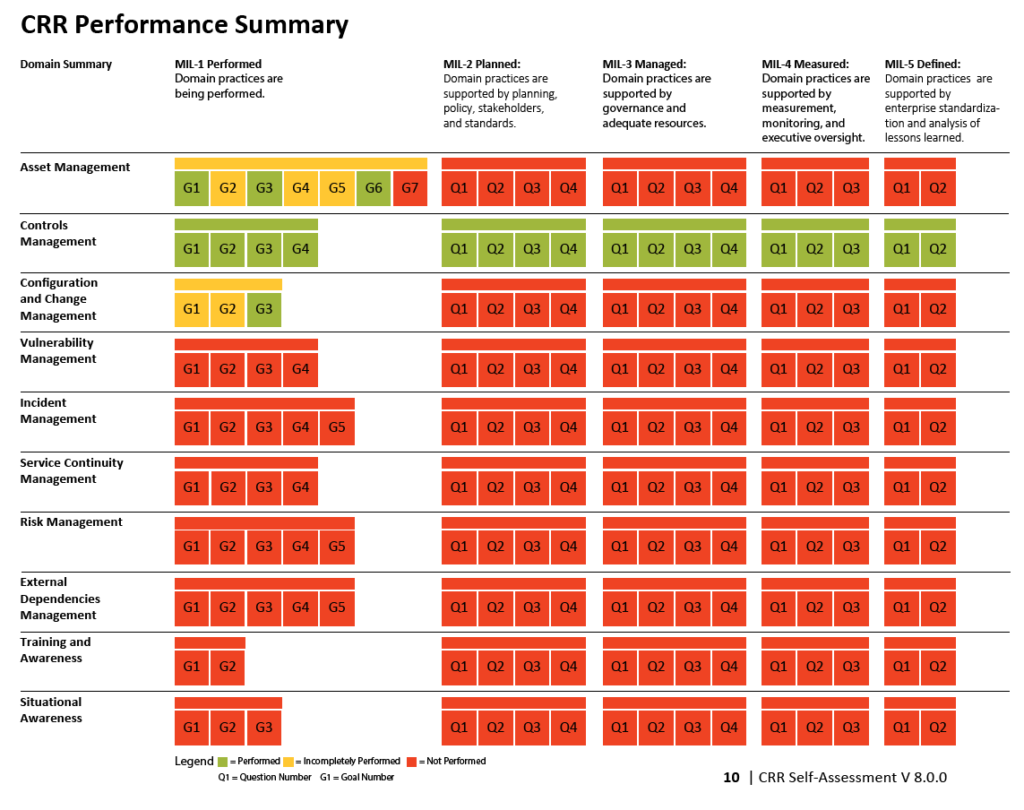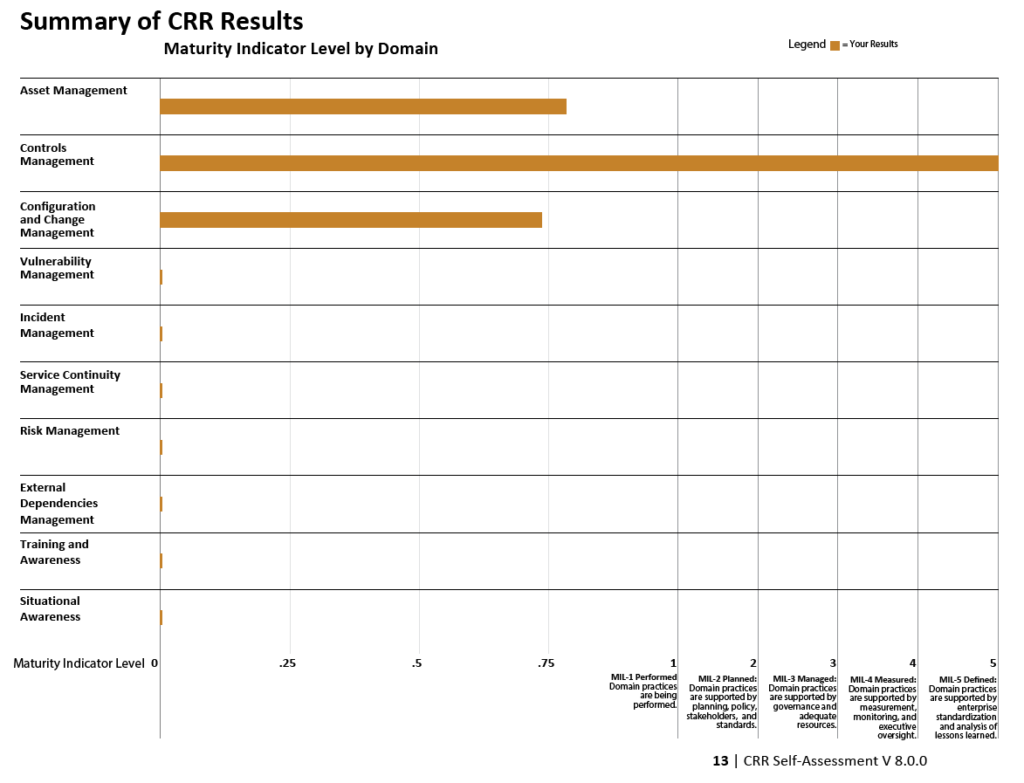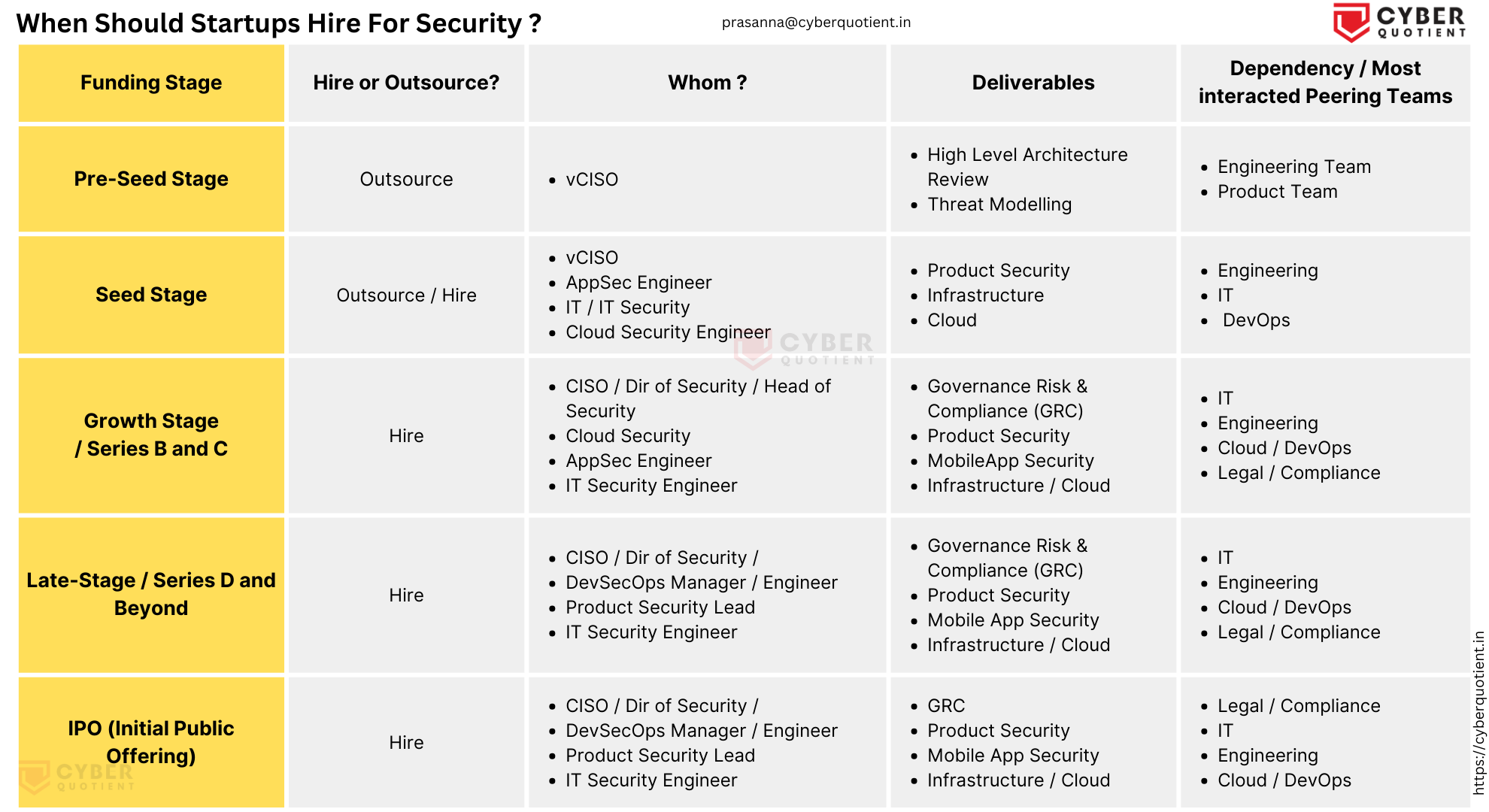 As someone who has been in the IT industry for two decades, primarily working with startups and serving as a security practitioner and consultant now, I often get asked about the right time to bring in full-time security professionals.
As someone who has been in the IT industry for two decades, primarily working with startups and serving as a security practitioner and consultant now, I often get asked about the right time to bring in full-time security professionals.
These roles could be a Security Engineer, Security Architect or even a more senior role as Chief Information Security Officer (CISO).
But, before that, we need to understand that Startups typically go through various stages of funding and evolution as they grow and develop their business. It is essential to understand how this funding impacts the decision making around security budgets and hires.
While there’s no one-size-fits-all answer to when startups should hire security professionals. It depends on various factors, whether a startup is in the regulated sector or caters heavily to customers in regulated sectors like Lending, Insurance and Broking or high tech. Does the startup deal with a lot of Personally Identifiable Information (PII), operates across the world, etc.
The reason to put forth this thought is in some sectors, the regulatory requirements are stringent and calls for granular security controls for data protection needing investments in terms of tools, services and people at a much earlier stage. Can startups afford a full time security role at such an early stage? Usually the answer is no and, I think a good alternative lies in the utilisation of Virtual CxOs or Fractional CxOs.
These roles, such as Virtual Chief Information Security Officer, Virtual Chief Technology Officer, Virtual CFO, and others, offer startups invaluable services at a fraction of the huge costs.
This approach not only provides cost-efficiency but also circumvents the challenges associated with lengthy hiring cycles and the complexities of downsizing. Essentially, these arrangements operate on a ‘pay-as-you-go’ model, offering startups flexibility and strategic support without the traditional hiring headaches.
So, when can Founders bring in the virtual or a full time CISOs ? Before you go there, a word about CISOs:
CISOs come in all flavours! Some are compliance oriented and usually have transitioned into vCISO roles after a long stint in large enterprises. They would be supported by a team and may be less hands-on. On the other hand, you have the hands-on CISOs, the ‘get your hands dirty in the code’ kind of experts. They’ve seen the trenches, fought the cyber battles, and they’re not afraid to roll up their sleeves.
Both types bring immense value, but choosing the right flavour depends on your startups needs and culture.
Here are the common stages in the funding or evolution of startups and what expectations are from the security roles, be it virtual or full time. Hope you find them useful and please do reach out if you need any help (you can mail me: prasanna@cyberquotient.in):
Pre-Seed Stage:
- This is the earliest stage of a startup, where the founders use their own funds or money from friends and family to validate their business idea.
- Funding Source: Founders, friends, and family.
- Security expectations / deliverables: Since validation of ideas is the prime focus here, a full-time security role is obviously overkill. At the most, the founders would want to know regulatory cyber security compliances of their domains, high level security architecture reviews, security of tech stacks etc. If this is the case, you can talk to a vCISO or a trusted security professional from your family, friends circle or professional network.
Early-Stage / Series A:
- At this point, the startup has a validated product or service and is looking to scale its operations. Funding is used for market expansion, team building, and further product development.
- Funding source: Venture capital firms, Angel investors,
- Security expectations / deliverables: A minimum viable security of the products, infrastructure, hygienic data security and privacy controls, High level architecture reviews, are the expectations. Also, specific compliances related to data security and privacy, etc., are to be baked in products and services offered.
- Which CISO to hire? A full time CISO / Security Engineer would be an overkill and Startups can benefit from Virtual CISO, who has a mix of Tech and compliance skills, with practical experience. Some of these tasks can be outsourced and accomplished through partner ecosystems. Having a dedicated security team might find the ever changing priorities of a startup too much to handle. Please do read above on various types of CISOs available.
Growth Stage / Series B and C:
- Startups at the growth stage have proven market traction and are scaling rapidly. Funding is used for market dominance, scaling operations, and expanding the customer base.
- Funding Source: Venture capital firms (Series B, C, and subsequent funding rounds).
- Security deliverables: It gets interesting here. At this stage the products or services offered by startups are already expected to meet certain baseline. Periodic Vulnerability Assessment and Penetration Testing (VAPT) of the web applications, mobile apps, cloud, end user computing are the standard requirements here along with source code reviews. Policies and procedures relating to security, business continuity, ID and access management, data storage, backups are expected to be in place. A common phenomenon I have seen is that startups, which scaled but underplayed the importance of good security hygiene, ended up with a lot of tech debts / security debts and causing friction among teams. Most teams that bear the brunt of this or affected would be Security <-> Engineering <-> DevOps. Eventually, this affects the scalability and agility. of the startup
- Which CISO to hire? Hire a strong security leader (it could be CISO / Dir of Security / Head of Security, etc) and ensure they are supported by a team including at least one application security engineer, IT / IT Security engineer, compliance analyst etc.
Late-Stage / Series D and Beyond:
- These startups are well-established in the market and may be preparing for an initial public offering (IPO) or considering other exit strategies. Funding is used for global expansion, acquisitions, and preparing for exit.
- Funding Source: Venture capital firms, private equity, and sometimes institutional investors.
- Security deliverables: Same as Series B & C, but the frequency and customer demands, or compliance requirements are more. Periodic VAPT of the web applications, mobile apps, cloud, end user computing. Internal and External audits may be a mandatory requirement.
- Whom to Hire: Hire a capable, hands-on security leader (it could be CISO / Dir of Security / Head of Security, etc) and ensure they are supported by a team including at least one application security engineer, IT / IT Security engineer, compliance analyst etc. This stage might also have similar challenges of tech / security debts for the incumbent.
IPO (Initial Public Offering):
- Some startups choose to go public, offering shares on the stock market. This provides liquidity for early investors and allows the company to raise significant capital from the public.
- Funding Source: Public investors who buy shares on the stock market.
- Security deliverables: At this stage, the organisation is expected to meet higher standards of security including certifications to standards like ISO 27001, although desirable, its not a must. Usually a third-party conducts readiness assessments covering various aspects such as information security, cyber resiliency, and more. One can expect to see lot of documentation work from the security team including threats and disruptions that can impact the business. The vCISO / CISO will contribute towards the Draft Red-Herring Prospectus (DRHP) documentation as well (I tell this from my experience at Navi).
- Whom to Hire: Contrary to popular belief, a CISO position is not mandatory for filing IPO, unless you are in regulated sector like Banking, Insurance or Mutual funds. At this stage, a company is expected to have a steady state of security practice. However, startups that grow fast and scale exponentially often face challenges in their security operations. I have seen some startups facing continuous issues and disruptions when tech/security debts have piled up! Look for someone with prior experience in building and scaling security programs at startups.
It’s crucial to understand that not every startup adheres to this precise progression, and the path to funding can fluctuate depending on factors such as industry, business model, and market dynamics.
Similarly, the approach to security may also vary. The consequences of non-compliance can be significant, as illustrated by a recent incident where the RBI imposed hefty fines, viewed by many as potentially fatal.
The era where examples like Uber’s rapid growth leading to regulatory adjustments served as a common case study seems to have shifted. Instead, it’s becoming more evident that it’s a matter of:
‘Comply or Perish’.
